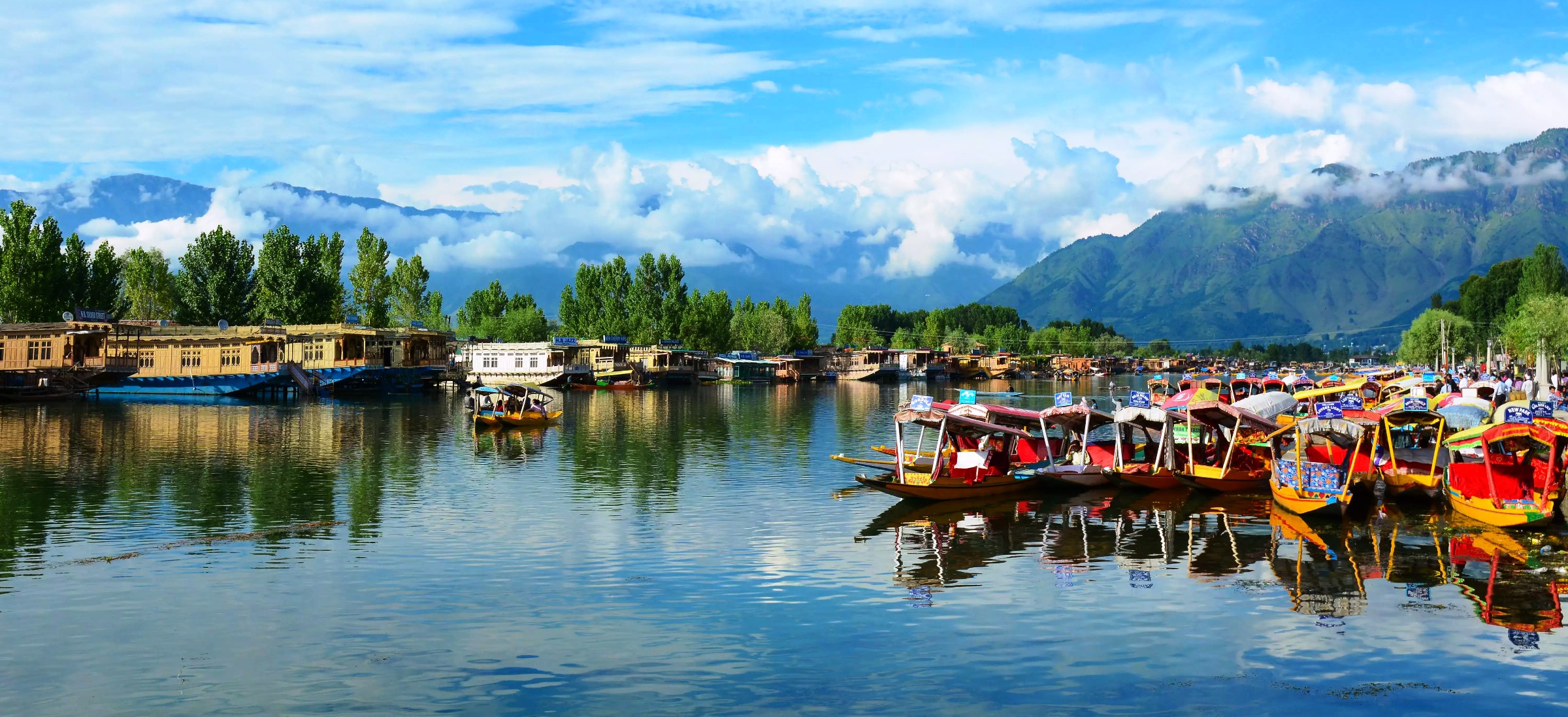Kashmir is a region located at the northernmost part of the Indian subcontinent, known for its breathtaking natural beauty, diverse culture, and complex political history. It is a region with unique geographical and cultural features, and it is historically significant due to its ancient civilizations and influence over trade routes. The province of Kashmir is a contested territory, claimed by India, Pakistan, and China, leading to ongoing political tensions and conflicts.
1. Geography and Climate:
The region of Kashmir is largely mountainous and is home to the majestic Himalayan and Pir Panjal mountain ranges. It is characterized by picturesque valleys, including the famous Vale of Kashmir, Pahalgam, and Gulmarg. The Jhelum River, along with its tributaries, is a significant watercourse that flows through the region. Kashmir experiences a temperate climate, with cold winters and mild summers, making it an attractive tourist destination throughout the year.
2. Culture and Diversity:
Kashmir boasts a rich and diverse cultural heritage. The culture of Kashmir is a blend of various influences, including Persian, Central Asian, and South Asian. The population of the region consists of different ethnic and religious groups, with a majority being Muslims, along with Hindu, Sikh, and Buddhist communities. The local cuisine, handicrafts, music, and traditional dances reflect the unique culture of Kashmir.
3. Tourism and Natural Beauty:
Kashmir is often referred to as “Paradise on Earth” due to its stunning landscapes and natural beauty. The region is famous for its lush green valleys, snow-capped mountains, pristine lakes, and beautiful gardens. Tourist attractions include the Dal Lake, Sonamarg, Gulmarg, Pahalgam, and Mughal Gardens like Nishat Bagh and Shalimar Bagh. Adventure enthusiasts can engage in activities such as trekking, skiing, and mountaineering.
4. Kashmir Conflict and Political Situation:
The political situation in Kashmir is complex and sensitive. The region has been a source of conflict and territorial dispute between India and Pakistan since the partition of British India in 1947. The Line of Control (LoC) divides the region into territories administered by India (Jammu and Kashmir) and Pakistan (Azad Kashmir and Gilgit-Baltistan). Both countries claim sovereignty over the entire region, leading to sporadic conflicts and tensions.
5. Economy and Agriculture:
Agriculture is a significant contributor to the economy of Kashmir. The region is known for the cultivation of saffron, apples, cherries, and various other fruits. Handicrafts like Pashmina shawls, carpets, and papier-mâché products are also important economic activities. Tourism plays a vital role, attracting visitors from around the world, contributing to the local economy.
6. Historical Significance and Heritage:
Kashmir has a rich historical background, with evidence of early human settlements dating back thousands of years. It has been an important center for trade, religion, and culture. The region has seen the rise and fall of various empires, including the Mauryas, Kushans, and later the Mughals and the British. The heritage sites, such as Shankaracharya Temple, Martand Sun Temple, and Awantipora Ruins, provide glimpses into its glorious past.
Kashmir is a land of natural wonders, diverse cultures, and a history that spans millennia. Despite the ongoing political conflicts, its beauty and rich cultural tapestry continue to captivate the world, making it a place of intrigue and fascination for both locals and visitors alike.




